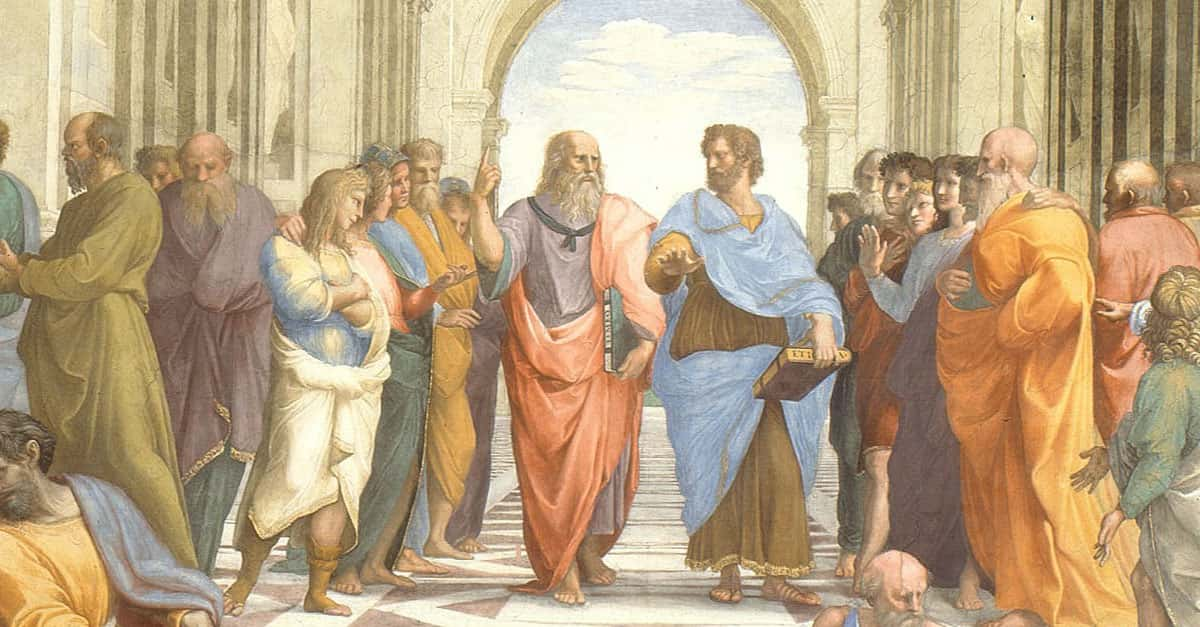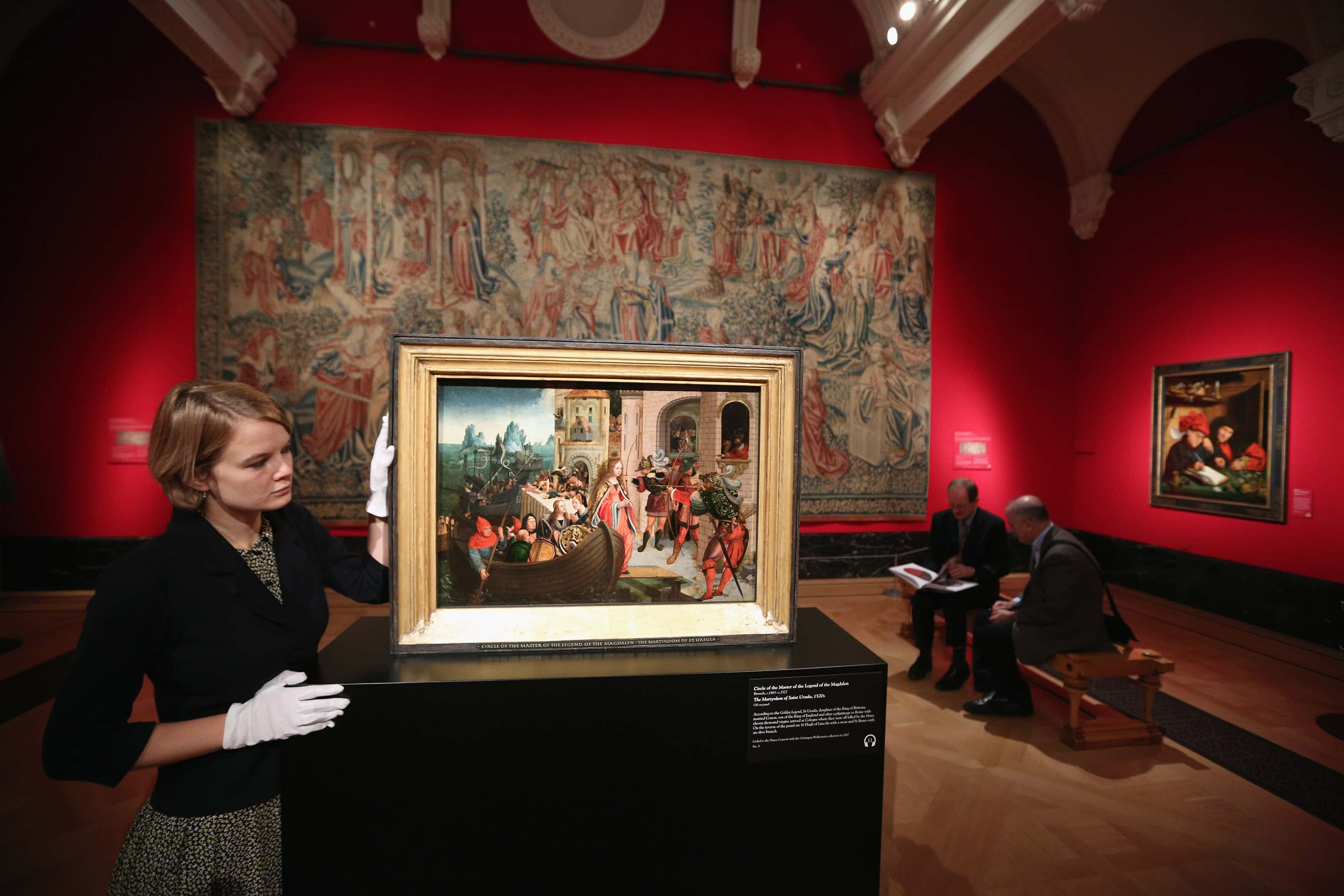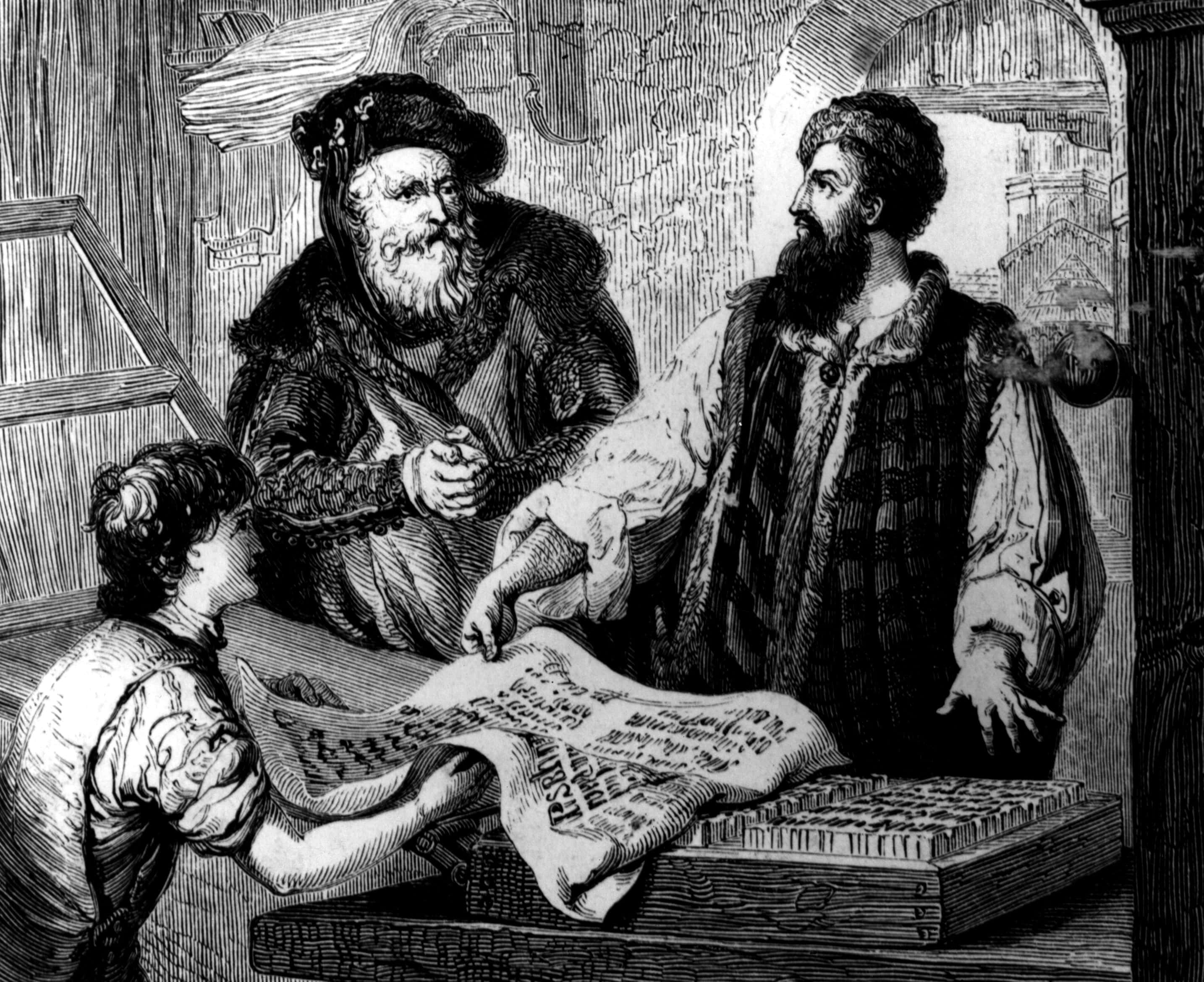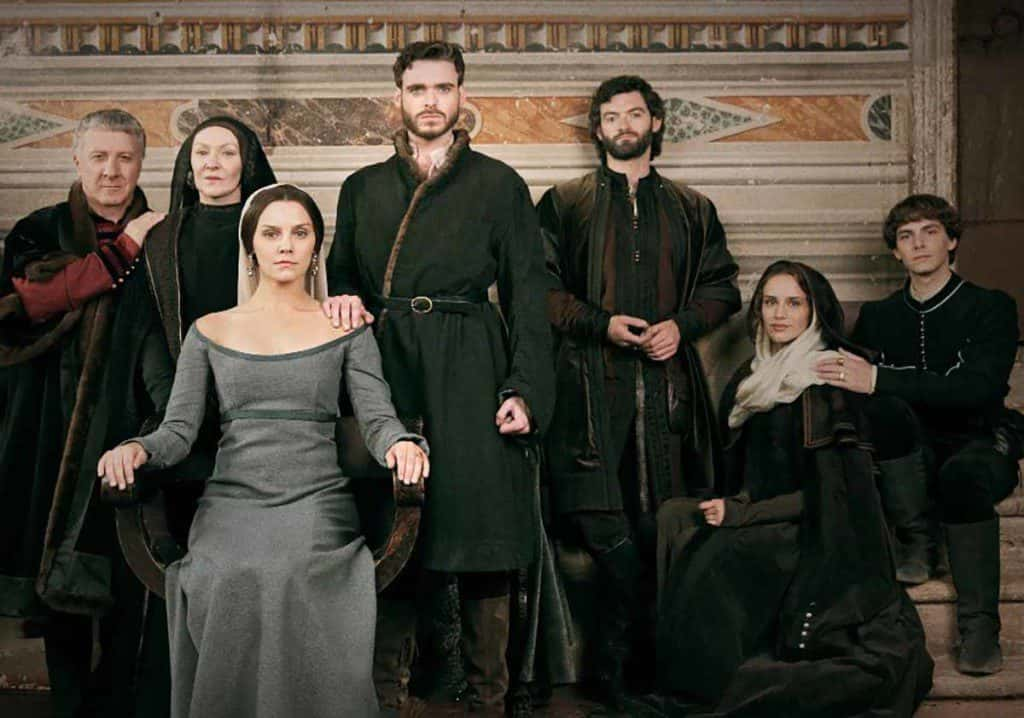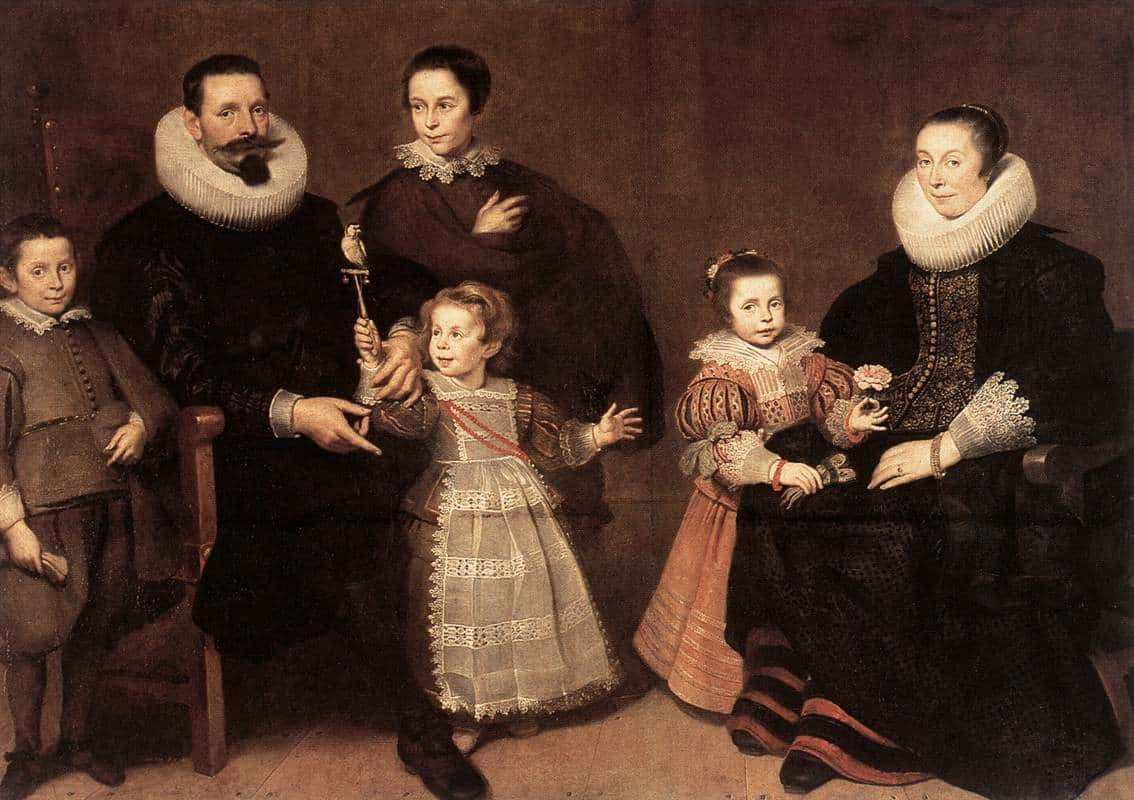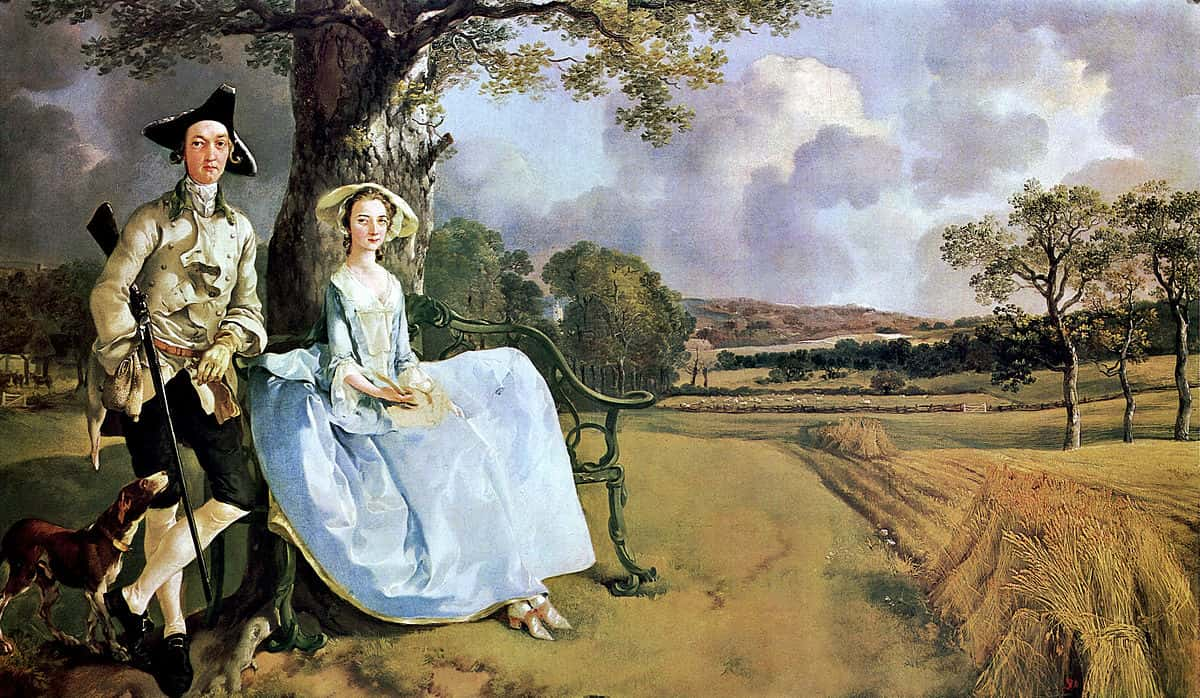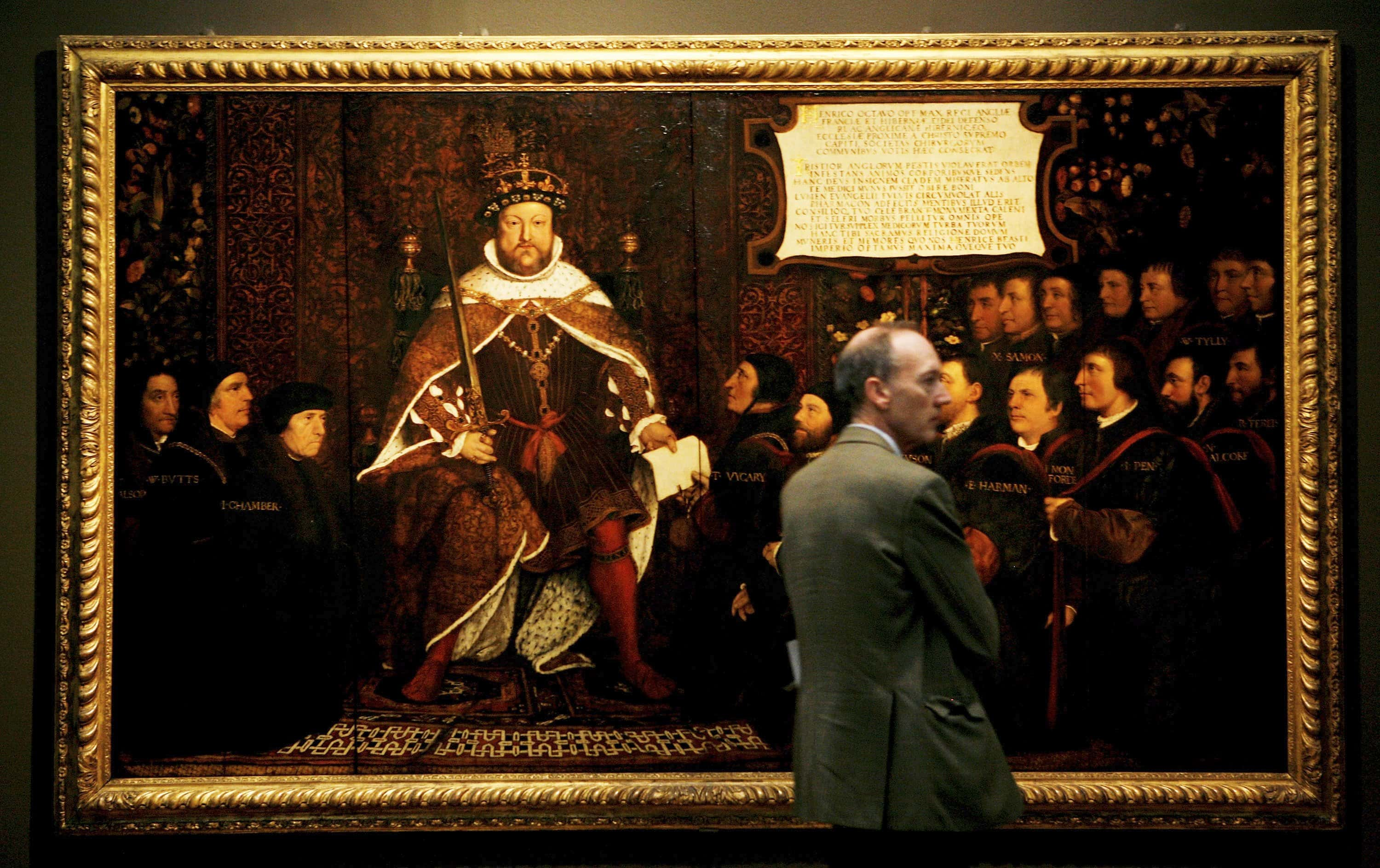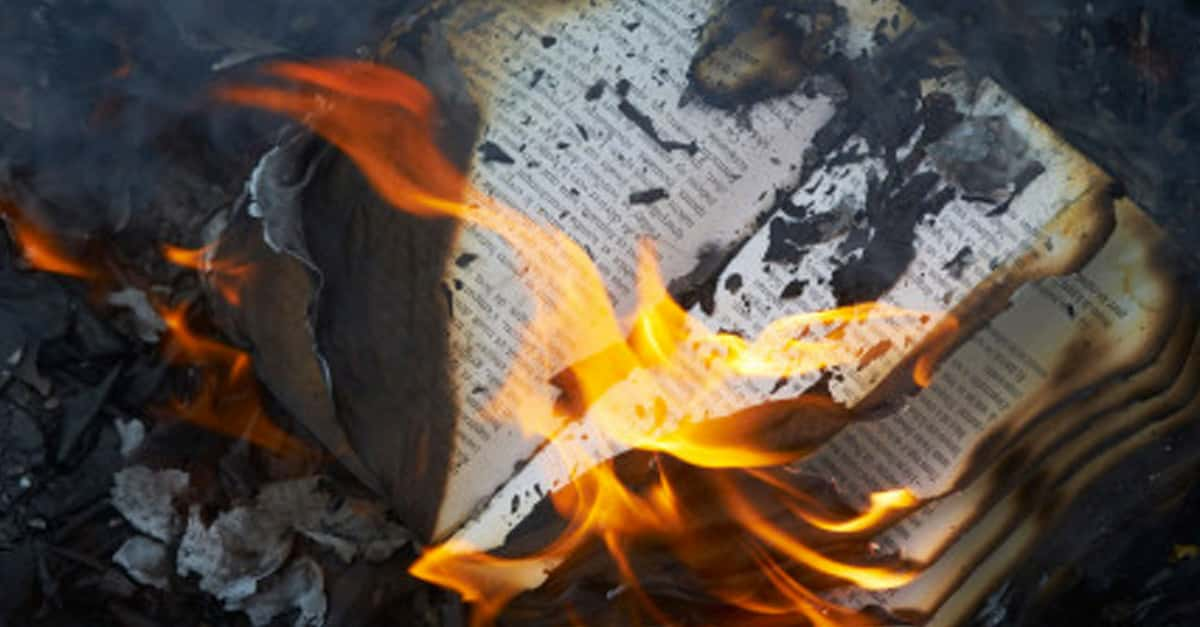“If people knew how hard I had to work to gain my mastery, it would not seem so wonderful at all.” —Michelangelo
The innovations and developments of the Renaissance period formed the foundation for all modern art; the Renaissance was a fertile ground that bred artistic talent to an unprecedented degree, and its successes laid the foundation for the art that followed. It wasn’t just art, though, as politics and science saw massive progression during this time as well. Take a look at 42 enlightened facts about the Renaissance.
42. Beginning to End
The Renaissance, beginning in Italy, is thought to have started as early as the late 14th century, and is argued to have ended as late as 1660, when Charles II restored the English monarchy in his ascension to the throne. These dates can be (and are) debated, especially when you consider the slow spread of the Renaissance throughout different areas of Europe, but the movement was well underway by the time of Michelangelo and da Vinci, and had a massive influence on the western world.
41. Old School
Though the Renaissance flourished in the area of modern Italy, the word is actually of French origin, and means "rebirth."
It was seen as a rebirth because the artists and innovators of the period were attempting to revive Ancient Greek and Roman ideals. The word "Renaissance," however, wasn't first used in a widespread manner until the late 1800s.
 Female First Forum
Female First Forum
40. Cultural Rivals
Despite the fact that they now belong to the same country, during the Renaissance, the great cities of Florence and Rome were competitive rivals who grew into centers of culture. Rome would eventually surpass Florence due to the Popes’ efforts to glorify their holy city.

39. Bankrupt Papacy
Rome would actually almost reach bankruptcy due to the incredible amount of commissions that the church gave out.
38. Where the Money at
The Italian city-states became abundantly rich during the 14th century because of industrial production and trade. These riches lubricated the cities and allowed an artistic movement to rise up and flourish.
37. Proper Conditions
When the Ottomans finally conquered Constantinople, a massive migration of former Byzantine scholars fled to Italy and reintroduced their texts of Greek and Roman origins to the region. This, coupled with the development of the printing press by Johannes Gutenberg, which allowed for the circulation of ideas and information, would create the conditions for the Renaissance to mature.
36. Value of Man
The dominant philosophy of the Renaissance was that of the Greco-Roman Humanism. Humanism focused on the intrinsic value of man and his importance in the world.
35. Kings of the North
The Renaissance contained other movements, including the Northern Renaissance, which took place in Europe outside of Italy. Instead of using elements of the Italian Renaissance, those in the North took from an updated version of the Gothic style with highly refined details.
34. Beautiful Contradiction
Although the Renaissance sought to accurately depict human life, it did not use its developed painting techniques to show realistic people. Instead, the artists revived an idea of perfection as the standard of beauty.


History's most fascinating stories and darkest secrets, delivered to your inbox daily.
33. Leading Figure
Da Vinci treated the creation of art like a science, and he developed a process of conceptual drawing that would transform painting and elevate its status to the same level as that of architecture. He is perhaps the most important figure of the Renaissance, and his influence on his contemporaries was unparalleled.
32. From Student to Master
The painter Raphael greatly admired da Vinci, and sought to reach the level of da Vinci's work. Raphael originally arrived in Florence with an outdated style of painting, and he was transformed upon seeing the works of the local painters. Raphael's masterpiece The School of Athens depicts Plato in the likeness of da Vinci.
31. Mike’s Great Inspiration
Perhaps the most inspirational moment of the Renaissance was when the highly influential Laocoon sculpture was unearthed. During its excavation, Michelangelo was present, and the detailed, muscular bodies in movement became a massive inspiration for his own sculpting.
 Getty Images
Getty Images
30. Il Divino
One of the most famous works of art in the world is the fresco on the ceiling of the Sistine Chapel, which has become synonymous with the Renaissance. We all know Michelangelo was the genius behind this painting, but it was a work he did against his own will. He preferred to sculpt, and when the project originally began, he worked with other artists who he eventually dismissed in order to finish the work alone. It would take him four years to finish the nearly 1,000 square metered space.
29. David’s Still Standing
Michelangelo’s colossal 17-foot tall statue of David, depicting David before his biblical battle with Goliath, came to represent the defense of civil liberties that the Republic of Florence stood for. Threatened by the power of Rome, David’s warning glare was turned to face the holy city.
 Getty Images
Getty Images
28. Peak Renaissance
The High Renaissance is considered to be the height of the era, and saw the works of the Mona Lisa, the statue of David, and The School of Athens all produced.

27. Dynastic Backing
While the Church was a seen as a powerful force behind the Renaissance, it was the powerful Florentine banking family the Medici who were the dominant patrons of the arts during this period. The Medici bankrolled a great deal of work throughout the Renaissance, and they were entangled with the Catholic Church, as their dynasty included a couple of popes and some cardinals.
26. Where’s the Medici?
Next time you’re looking at some Renaissance art, look for the men in the background holding money. These are the Medici, and they can be spotted in many religious 15th-century works.
25. What a Flake
Da Vinci’s The Last Supper is in a highly delicate and poor state due to da Vinci's desire to experiment with the painting. Instead of creating a fresco—the dominant form of painting during the period, which was done by applying paint to wet plaster—he experimented with a type of paint that almost immediately began flaking off.
24. Martin Has Something to Say
While the Renaissance was fueled in part by the Catholic Church, it led to an exodus away from the church as well. The humanism of the Renaissance sparked great criticism against the church for its corruption, and a schism occurred that turned into the Protestant Reformation.
 Providence
Providence
23. Looking Through the Window
One of the distinguishing factors of Renaissance art was the development of linear perspective, where a painting is used as a window into space for the viewer. The architect Filippo Brunelleschi was among the first to disseminate and popularize perspective, which became a core part of the trend towards realism during the Renaissance.
22. Reversing the Decline
Giotto di Bondone was the first of the artists who contributed to the Renaissance through his rejection of the Byzantine aesthetic. Instead, the Florentine painter used his linear perspective approach to introduce techniques of realistic depictions of life around him.
21. From Dark to Light
Many people during the Renaissance saw the years after the fall of Rome up to their present time as the Dark Ages. This was due to the poet Petrarch, the founding father of the Renaissance, as he saw these years as a stagnant time for human culture, and inspired a new form of humanist philosophy so that he and his contemporaries could see their way out of these “dark” times.
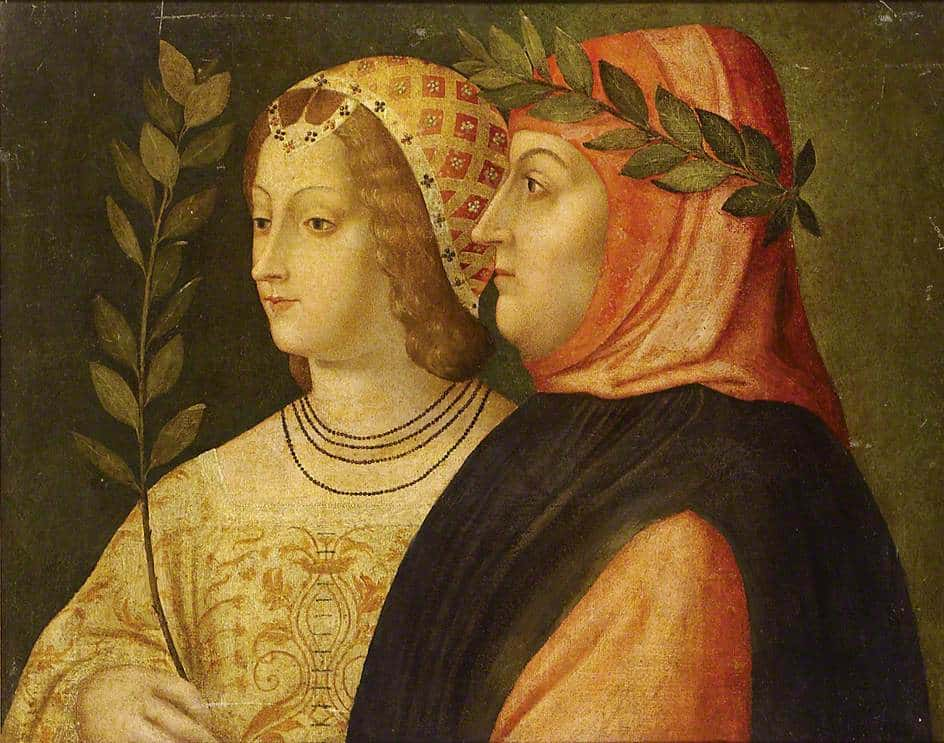 The Book Haven - Stanford University
The Book Haven - Stanford University
20. Regions of Renaissance
The most popular regions of the Northern Renaissance were Flanders, Germany, and the Netherlands, where mercantile trade was leading to an accumulation of wealth. Interestingly enough, many of the patrons of the Northern Renaissance weren’t elites, but the wealthy middle class.
19. To The Printer!
One of the more popular mediums in the Northern Renaissance was printmaking, as it became vital to artists' success outside of their region, allowed the proliferation of their movement, and earned them money.
18. Oil Explosion
Oil painting was introduced to Italy by the Northern Renaissance artists, which then exploded throughout Europe in a surge of popularity.
17. Reformed Art
After the Protestant Reformation, the art of the Northern Renaissance altered, and depictions of Mary and the Saints began to fall away in favor of figures immersed in the verse of the bible.
16. Poetic Heights
It is widely accepted that the zenith of English poetry was during the English Renaissance. For over 100 years, English poetry flourished, from the publication of Richard Tottel’s Songs and Sonettes in 1557 to John Milton’s transcendental Paradise Lost in 1667.
15. The Emergence of a New Literature
Poetry may not have been able to reach its great new heights in the English language if not for the production of innovative drama during the Elizabethan and Jacobean eras. From Christopher Marlowe to Thomas Dekker, a great swath of English writers published their masterpieces during the English Renaissance, but none greater than the father of the English language himself, William Shakespeare.
 Bigthink
Bigthink
14. The Holy Creation
With all of the famous English literature that was produced during this time, perhaps none is more famous, and certainly not as lucrative, as the King James Bible, which was first published in 1611 by a team of scholars and translators who took seven years to write the work.
13. Slang Freedom
A major development of languages took place during the Renaissance, where vernacular languages began to be favored over Latin and Greek. This trend began with the influence of Dante Alighieri, and allowed for greater freedom of expression. After Dante started it in Italy, this practice spread throughout the rest of Western Europe.
 The Independent
The Independent
12. Artist’s Eye View
The Renaissance marked a moment when painters began depicting the state of society around them. Examples include Pieter Bruegel’s The Triumph of Death, which is a horrifying work portraying the Black Death, and Ambrogio Lorenzetti’s Allegory of Good and Bad Government, which revealed the anti-monarchical position many people were beginning to take.
11. Man of Fashion
Much of Renaissance fashion for men was influenced by the Tudors, and Henry VIII was a fashion icon. His use of square-toed shoes and puffy sleeves with a sleeveless velvet jacket altered the course of contemporary fashion. He is reputed to have spent up to 16,000 ducats on clothing annually. How much is 16,000 ducats? It’s only equivalent to about $3.1 million.
10. Colorful Undies
During the Elizabethan era of the English Renaissance, sumptuary laws—in place to distinguish one’s class—allowed commoners to dress only in linens, and restricted them from wearing more than one color. To get around this law, the “slashing” trend developed, which saw many commoners slashing the monotone clothing to reveal the colors of the undergarments. The upper class would later adopt this style.
9. Age Difference
Marriages were skewed during the Renaissance. Men were only considered to reach maturity at the age of 30, by which age they could marry. However, women were expected to be married by 17 years of age.
8. Musical Advancement
Italy would become the center for European musical innovation during the Renaissance, as the Burgundian School played a vital role in spreading music as a tool of expression.
 Youtube
Youtube
7. Happy Hunting
Due to the vast amount of wealth many families saw come their way, rich people needed new ways to pass their time. One popular activity created was hunting, where elite and upper-class people turned what was once a necessary part of life into sport.
6. How Science Became Cool
The major scientific advancements of the Renaissance were due to the embrace of the scientific method based on inductive reasoning, while moving away from Aristotelian natural philosophy in favor of chemistry and biological sciences.
 Art and Science in the Renaissance
Art and Science in the Renaissance
5. Windmills of the New World
One of the first modern novels was written during the Renaissance; Miguel de Cervantes’ Spanish masterpiece Don Quixote. The Spanish would also play a huge role in the development of this period in general, as Columbus’ landing in the “New World” challenged the classical worldview, and forced people to reconsider their knowledge bases.
4. Clean Books
Accounting saw its development during the Renaissance as well, as Luca Pacioli became of the father of accounting by publishing the first work on bookkeeping in the late 15th century.
3. Smokey Butts
Smoke was seen as a powerful healing agent during the Renaissance, and tobacco was viewed as a miracle drug for a period of time for its healing powers. After its arrival to Europe, it was used for the treatment of everything from cancer to hypothermia. Tobacco smoke was even used to cure respiratory conditions through enemas. Sounds exciting.
2. Blades For Hire
Barbers were seen as reliable medical surgeons at this time; in 1540, barbers and surgeons even started the Company of Barber-Surgeons under Henry VIII. This company lasted until 1745, and barbers were the go-to figures for local surgical needs. They would perform cupping and bloodletting, pull teeth, and, if you really wanted it, they would cut your hair.
1. Value of a Body
Great artists like Leonardo Da Vinci and Michelangelo were only able to paint and sculpt the human form so well because they performed disgusting and illegal dissections of corpses. Since Humanism called for an exploration of the value of man, accuracy in depicting the human body became a cornerstone for artists. But, since only physicians had permission to dissect human bodies during this time, leading artists had to take up an illegal hobby in order to create more accurate depictions of men and women. Yes, that means the likes of Michelangelo and Leonardo da Vinci could often be found elbow deep in a dead body.

